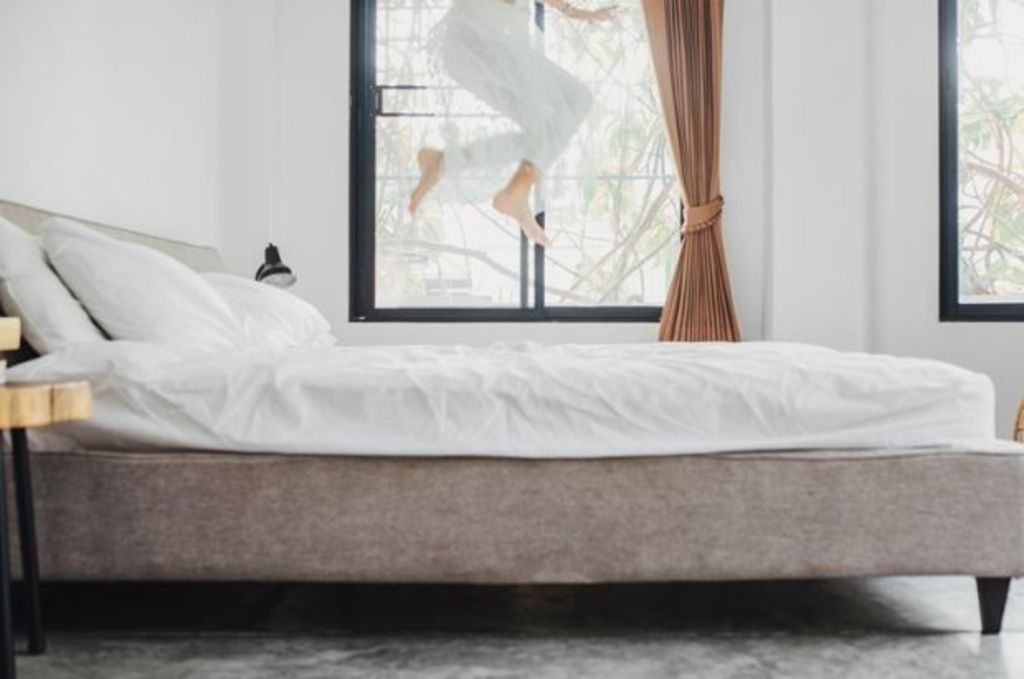
Need a new mattress? Here are some things to consider
Maybe you haven’t devoted too much time, thought and money to buying a new mattress. We get it. They’re insanely expensive and are tricky to transport up the three flights of stairs to your apartment. And how do you know you’re making the right decision? You spend over a third of your life in bed, so there’s a lot of pressure to choose the best possible option.
The perfect mattress should soothe and support you like a best friend. The whole process sounds, quite frankly, exhausting, but we’ve got some pointers to take the stress out of the situation.
Treat it like an investment
Don’t settle for less than ideal. Your mattress can seriously impact your health and stress levels, so it’s worth making sure you’re sleeping on the right one. “You get what you pay for”, has never been truer than with mattresses. And a good one will most likely set you back more than $1000. Also, cheaper ones will need replacing more often. That said, don’t ever pay full price for a mattress. Keep an eye out for the model you want and ask for a discount or shop the sales.
Consider age and allergies
Consider who will be using the bed. Latex and memory foam can be ideal for adults, but aren’t right for toddlers and children. They should sleep on a box-spring support system – whether it’s an open coil or pocket-sprung mattress – to support their developing spine. Also consider allergies as some fibres can disrupt your sleep patterns.
Err on the side of firmer
There’s nothing to prove firm is better than soft – it’s all a matter of personal comfort. That said, there’s also no standardised definition of what makes a mattress soft, medium or firm. The perfect mattress surface provides optimum pressure relief, dispersing while supporting your bodyweight and conforming to your shape.
To check the support, lie down and slide a hand underneath the small of your back. If it fits easily, it’s too soft. If not at all, it’s too firm. Words like “plush”, “luxury” and “contours” may sound good on paper, but the only way to truly test those claims is to lie on it – horizontal with your feet up – for at least 20 minutes. Even better, sign up to free no-obligation trials. Go for what’s comfortable but if in doubt, err on the side of firmer as mattresses soften with age.

Buy ‘allergy-proof’ bedding and wash your sheets and pillowcases in hot water at least once a week. Photo: Fenton & Fenton
Consider your sleep habits
If you sleep on your stomach, memory foam will envelope your front and may not be appropriate. If you’re a hot sleeper, latex or memory foam may make you sweat even more. Are you sharing with a significant other? Make sure both of you are on board with the decision. One person’s dream cloud could be another person’s backache. If your preferences don’t match, it doesn’t mean you can never cohabit a bed. Consider an air-filled mattress with dual chambers or one that zips at the middle.
Fit to size
A mattress should be at least 10cm longer than the tallest person who will be sleeping in it. If sharing, make sure you and your bedfellow can lie down side-by-side, hands behind heads, without touching one another.

The perfect mattress should soothe and support you like a best friend. Photo: Fenton & Fenton
Clean it regularly
Did you know the average eight-year-old mattress contains more than 4.5kgs of dead skin cells? Not to mention sweat, stains, dust mites, toast crumbs and other nasties. Make sure you clean it regularly. After removing your protector, sprinkle a layer of bicarb soda on the surface and leave for a few hours to soak in excess moisture. Vacuum away, making sure you get in each and every crevice, then allow your mattress to air out in UV sunlight. This is a great way to naturally eliminate bacteria.
Launder your linens
Eliminate risk of asthma and allergies. Buy “allergy-proof” bedding and wash your sheets and pillowcases in hot water at least once a week.
Know when it’s time to change
Do you find yourself tossing and turning? Do you wake up with neck cricks and lower back pain in the morning? If you sleep better away from home, your mattress may not be right for you. Over time, worn, sagging or lumpy spots can cause discomfort and disrupt your shuteye. Experts at the National Sleep Foundation recommend buying a new one every eight years.